United States Marine Corps Aviation
Videos
Page
The United States Marine Corps Aviation (USMCA) is the aircraft arm of the United States Marine Corps. Aviation units within the Marine Corps are assigned to support the Marine Air-Ground Task Force, as the aviation combat element, by providing six functions: assault support, antiair warfare, close air support, electronic warfare, control of aircraft and missiles, and aerial reconnaissance. The Corps operates rotary-wing, tiltrotor, and fixed-wing aircraft mainly to provide transport and close air support to its ground forces. Other aircraft types are also used in a variety of support and special-purpose roles. All Marine Corps aviation falls under the influence of the Deputy Commandant for Aviation, whose job is to advise the Commandant of the Marine Corps in all matters relating to aviation, especially acquisition of new assets, conversions of current aircraft, maintenance, operation, and command.
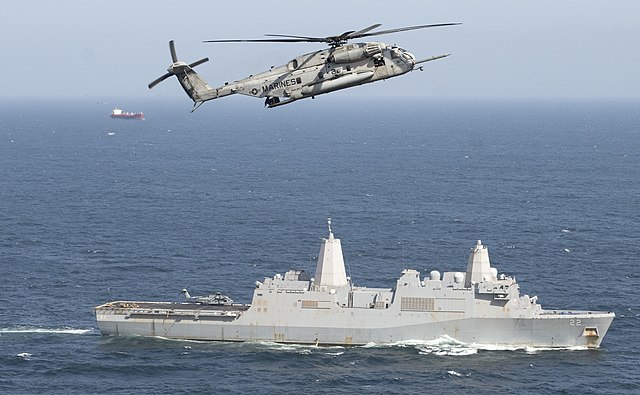
A Marine Corps CH-53E Super Stallion flies above the USS San Diego (LPD-22) over the Persian Gulf in 2021
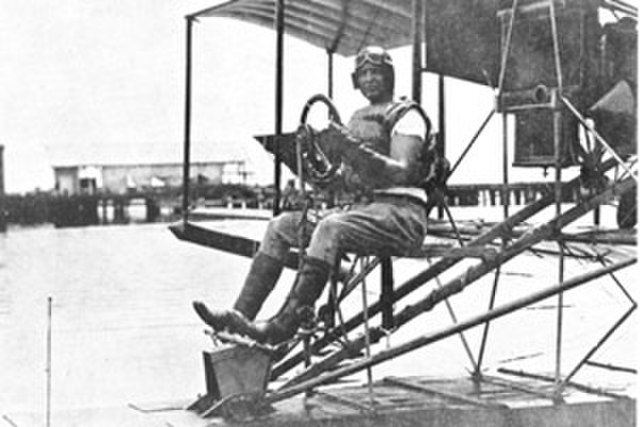
First Lieutenant Alfred A. Cunningham, first Marine Corps aviator
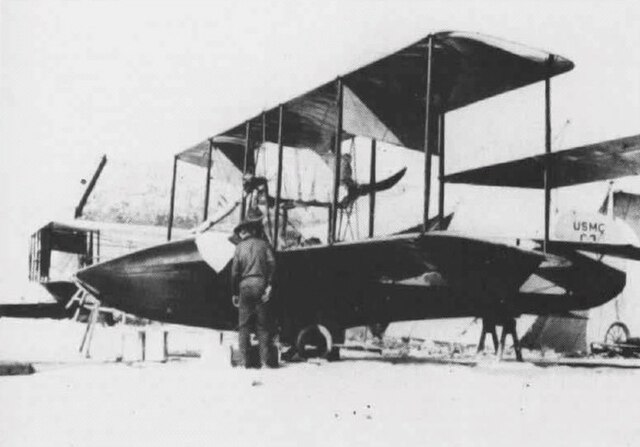
The first USMC plane: a Curtiss C-3
![First Marine Aviation Force Colors, 1918 William McIlvain (Naval Aviator No. 12 and Marine Aviator No. 3]; second from right.Roy Geiger(Naval Aviator](https://upload.wikimedia.org/wikipedia/commons/thumb/f/fa/First_Marine_Aviation_Force_Colors%2C_1918.jpg/640px-First_Marine_Aviation_Force_Colors%2C_1918.jpg)
First Marine Aviation Force Colors, 1918 William McIlvain (Naval Aviator No. 12 and Marine Aviator No. 3]; second from right.Roy Geiger(Naval Aviator # 49 and Marine Corps Aviator # 5) on far right.
United States Marine Corps
Videos
Page
The United States Marine Corps (USMC), also referred to as the United States Marines, is the maritime land force service branch of the United States Armed Forces responsible for conducting expeditionary and amphibious operations through combined arms, implementing its own infantry, artillery, aerial, and special operations forces. The U.S. Marine Corps is one of the eight uniformed services of the United States.
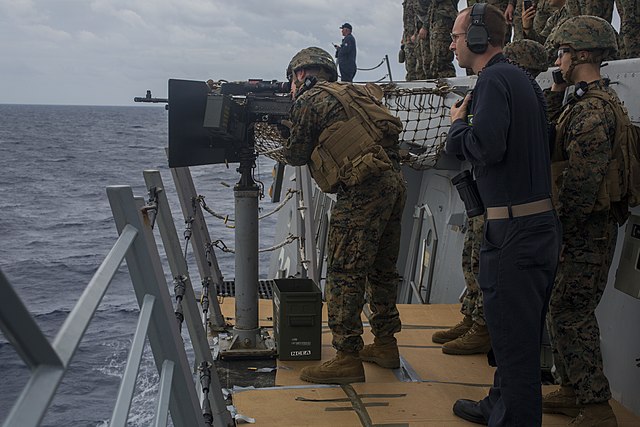
U.S. Marines from the 31st Marine Expeditionary Unit training

Marines from the 15th Marine Expeditionary Unit depart USS Tarawa (LHA-1), using both a Landing Craft Utility and CH-53E "Super Stallion" helicopters, during amphibious operations in Kuwait, 2003.
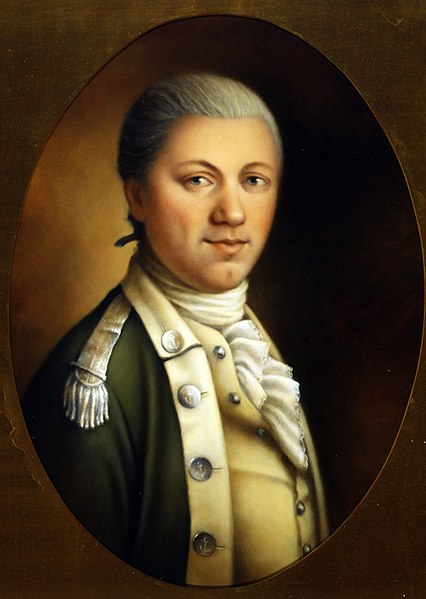
Maj. Samuel Nicholas, first Commandant of the Marine Corps, was nominated to lead the Continental Marines by John Adams in November 1775.
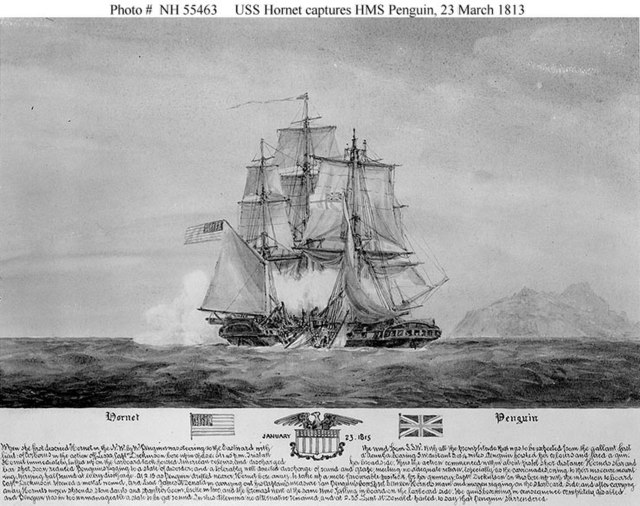
British and U.S. troops garrisoned aboard Hornet and Penguin exchanging small arms musket fire with Tristan da Cuna in the background during the final engagement between British and U.S. forces in the War of 1812